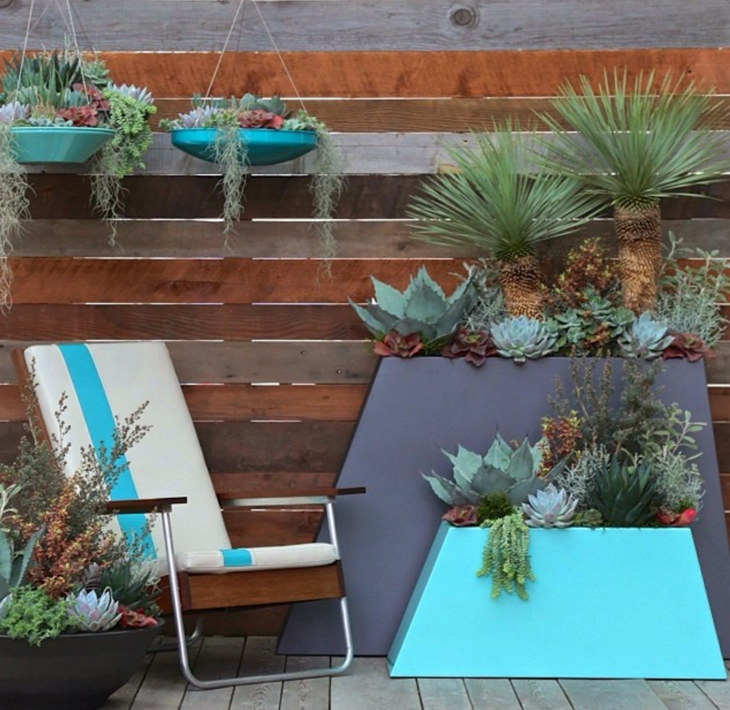A few years back, designer Joe Gibson saw an Adirondack chair kit in a shop window. He bought it and took it home. After the chair was finished, he started to manipulate its design, changing the angle of the seat and using new materials. The result: a new range of Adirondack-inspired outdoor furniture.
“I really wanted to see how much I could remove and still create something useful,” explained Gibson, who is a co-founder and director of design at Revolution Design House in Portland, Oregon.
Photography via Revolution Design House.
Above: The Belmont Chair is $1,050 from Revolution Design House.
Soon he was looking for inspiration elsewhere and came across a vintage lawn chair with wooden slats instead of weaving on the seat. He started to blend the Adirondack and lawn chair designs together and came up with The Belmont (above).
The Belmont chair is completely handmade and it takes about two days to build. With the exception of the wood, everything is produced within eight blocks of the workshop. A local bicycle maker bends the aluminium. Next door to him is the upholsterer and so on
“I literally walk over there to pick up my parts. Sometimes you’ll see me with an armful of aluminium arms and legs.”
(At the moment the Belmont range consists of a chair, bench and small table. In the spring they will be joined by a loveseat.)
Above: The Belmont chairs are handmade in Gibson’s workshop. Photograph by Todd Holloway.
“The chair took a lot of trial and error,” said Gibson. “Initially, I worked in plywood and then scaled up to solid wood. I wanted it to be a comfortable chair that looked like an Adirondack but wasn’t as difficult to get in and out of. I wanted a lounge feel.”
Gibson’s background is in design but after he took a course in design and craft at Oregon College of Art in 2004 he decided to focus more on wood and metals.
He also produces small wooden planters that he calls Boxcars.
Above: Gibson’s Boxcar Walnut & Orange planter is $70.
“The boxcar planters came about because I was teaching a woodturning class to teenagers and I had a pile of thirteen-by-three- inch wooden blocks in the shop. They were just sat in the corner for what seemed like forever and I thought, ‘Gosh I should just play around with those.’.So I started to cut them and fit them together and it just worked.”
Above: Painted by Julie Costanzo, a Boxcar Snail Trail is $300.
Above: The Belmont chair with its partner bench.
The philosophy Gibson practices at Revolution Design House is to approach new designs with an open mind and to trust that there is a natural evolution from concept to completion.
“I’ve realized that going into a new project with pre-conceived expectations only hinders the opportunities of creating the best possible design,” he says. “The exploration is the most important component.”
“I sketch my ideas into three-dimensional objects with scrap materials and then directly respond to that object with new ideas based on what is in front of me. This leads to the tangents in design, which is where I feel the magic lives. This is the secret to creating work that is alive and fresh and original.”
Above: The chair is made from aluminum and a wood called sapele, an African-farmed exotic hardwood. It’s sustainable and acts in much the same way as teak. It’s an oily wood and will gray like teak if you don’t oil it. There’s no exposed hardware on the Belmont chair; it’s incorporated into the frame.





















Have a Question or Comment About This Post?
Join the conversation (0)